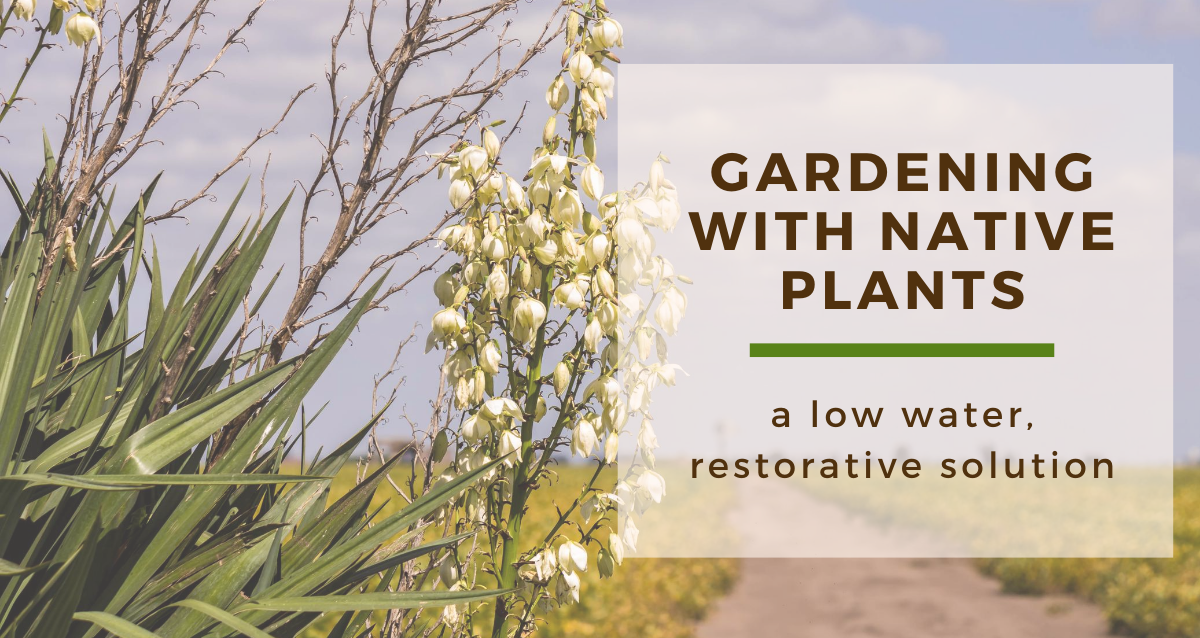At our last Sustainable Broomfield meeting, Sarah Schweig, the Broomfield CSU Extension Director & Horticulture Agent, presented some great information on native alternatives for commonly used landscape plants.
Don’t worry, you don’t need to go ripping out any non-native plants you already have, but if you’re looking for any additions to your landscape design, native plants may be the best way to go.
In fact, according to the CSU Extension pdf, titled, “Low Water Native Plants for Colorado Gardens: Front Range and Foothills,”

There are many benefits to using Colorado native plants for home and commercial landscapes. They are naturally adapted to Colorado’s climates, soils, and environmental conditions. This means that by choosing native plants gardeners can work with nature, rather than trying to grow plants that are not suited to our local conditions and may prove to be difficult to work with. When correctly sited, natives make ideal plants for a sustainable landscape. Native species require less external inputs such as water and fertilizer and are more resistant to pests and disease when the planting site mimics the plant’s native habitat.
Another great reason to go native is to restore habitat. Rapid urbanization in the state is reducing biodiversity (the number of different species found in a given area) as habitat is removed for building and road construction. Research has shown that landscaping with natives on a large, or small scale, helps maintain biodiversity that otherwise would be lost to development. Thousands or millions of gardens planted with natives, even in urban areas can add food, shelter, and other important resources for wildlife, including mammals, birds, and native pollinators.
Gardening with native plants also prevents the introduction and spread of noxious weeds. Many noxious weeds were intentionally introduced as garden plants that belatedly were found to escape the confines of the garden and crowd out native plants.
Finally, using native plants in landscapes helps provide a special sense of place, celebrating Colorado’s uniqueness and beauty, rather than a generic landscape. A garden with native plants feels more harmonious with its surroundings than a landscape transplanted from another locale.” Sarah provided us with a very informative handout, Native Alternatives to Common Landscape Plants, and the CSU Extension website here https://extension.colostate.edu/topic-areas/yard-garden/#native.
Please email Sarah at sschweig@broomfield.org with any questions or comments about how you can incorporate native plants into your next landscape design.
Click “Download” above to receive a free copy of the CSU Extension’s List of “Common Landscape Plants and Native Alternatives.”


